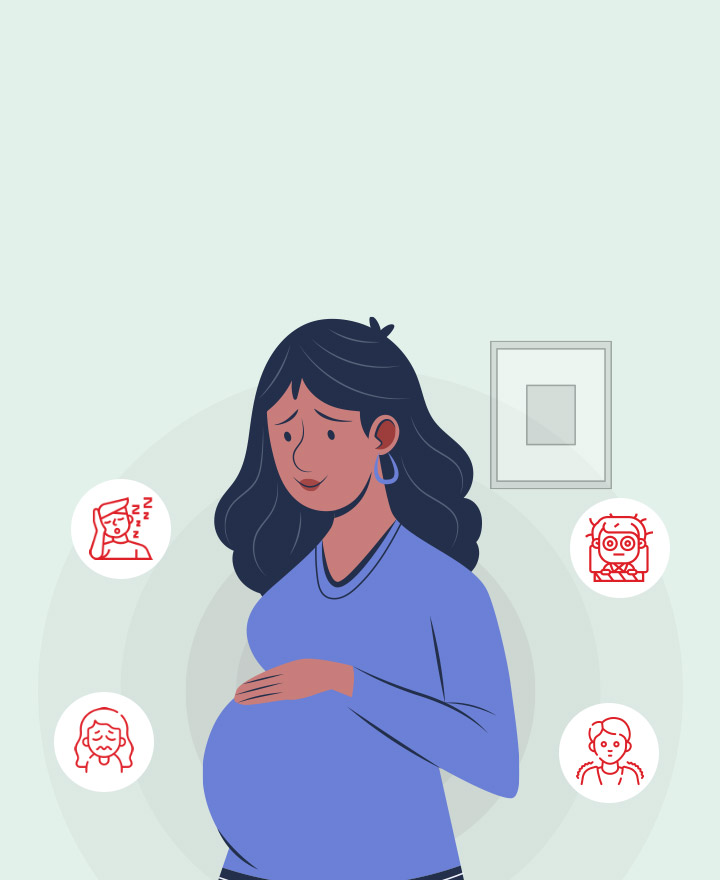Analisis Faktor Risiko Kehamilan Ektopik
Downloads
Methods: The design descriptive observational. The samples were pregnant women who had ectopic pregnancy at Maternity Room, Emergency Unit, Dr. Soetomo Hospital, Surabaya, from 1 July 2008 to 1 July 2010. Sampling technique was total sampling using medical records.
Result: Patients with ectopic pregnancy were 99 individuals out of 2090 pregnant women who searched for treatment in Dr. Soetomo Hospital. However, only 29 patients were accompanied with traceable risk factors.
Discussion:. Most ectopic pregnancies were in the age group of 26-30 years, comprising 32 patients (32.32%), then in age groups of 31–35 years as many as 25 patients (25.25%), 18 patients in age group 21–25 years (18.18%), 17 patients in age group 36–40 years (17.17%), 4 patients in age group 41 years and more (4.04%), and the least was in age group of 16–20 years with 3 patients (3.03%). A total of 12 patients with ectopic pregnancy (41.38%) had experience of abortion and 6 patients (20.69%) each in groups of patients with ectopic pregnancy who used family planning, in those who used family planning as well as ectopic pregnancy patients with history of surgery. There were 2 patients (6.90%) of the group of patients ectopic pregnancy who had history of surgery and history of abortion. The incidence rate of ectopic pregnancy was 4.73%, mostly in the second gravidity (34.34%), whereas the nulliparous have the highest prevalence of 39.39%. Acquired risk factors, i.e. history of operations was 10.34%, patients with family planning 20.69%, patients with history of abortion 41.38%, patients with history of abortion and operation 6.90% patients with family and history of abortion was 20.69%.
Adulgopar, 2009. Kehamilan Ektopik, (Online),(http://adulgopar.files. wordpress.com/2009/12/kehamilanektopik.pdf., diakses tanggal 10 Nopember 2011, jam 19 00).
Bangun, R., 2009. Karakteristik Ibu Penderita Kehamilan Ektopik Terganggu (Ket) di Rumah Sakit Umum Pusat Haji Adam Malik Medan Tahun 2003–2008. Skripsi tidak dipublikasikan. Fakultas kesehatan Masyarakat, Universitas Sumatera Utara, Medan, Sumatera Utara.
Carr, R.J., dan Evans, P., 2000. Ectopic Pregnancy, Update in Maternity Care, Ectopic Pregnancy Primary care. Clinical offi ce Pract, 2000; 27: 169–183.
Coundos, G., 2006. Ectopic Pregnancy risk factor and diagnosis. Australian Family Physician, Sydney; Vol. 35: 854–857.
Santoso, B., 2006. Perbandingan Penanganan Kehamilan Ektopik Secara Laparotomi dan laparoskopi, bahan Presentasi, Pertemuan Ilmiah Tahunan (PIT) POGI, Mataram.
Sperrof, L., Glass, R.H., dan Kase, N.G., 2005. Clinical Gynecologic Endocrinology and infertility, 6 th, Philadelphia, Lippincott, Williams and Wilkins: 1149–65.
Stova, G.T., 2002. Early Pregnancy loss and Ectopic Pregnancy, in Novak's Gynecology, 13th Edition. Philadelphia, Lippincott, Williams and Wilkins: 507–542.
Tharaux, D., dan Catherine, E., 1998. Risk of Ectopic Pregnancy and Previous Induced Abortion. American Journal of Public Health; 88(3): 401–405.
Wiknjosastro, H., 2006. Ilmu Kebidanan. Edisi Ketiga, Cetakan kedelapan, Yayasan Bina Pustaka Sarwono Prawiroharjo, Jakarta: 323–338.
Authors who publish with Jurnal Ners agree to the following terms:
- Authors transfer the Copyright and grant Jurnal Ners the right of first publication with the work simultaneously licensed under a Creative Commons Attribution 4.0 International License that allows others to remix, adapt and build upon the work with an acknowledgment of the work's authorship and of the initial publication in Jurnal Ners.
- Authors are permitted to copy and redistribute the journal's published version of the work (e.g., post it to an institutional repository or publish it in a book), with an acknowledgment of its initial publication in Jurnal Ners.
Jurnal Ners requires a formal written declaration and transfer of copyright from the author(s) for each article published. We, therefore, ask you to complete and return this form, retaining a copy for your own records. Your cooperation is essential and appreciated. Any delay will result in a delay in publication. The form can be downloaded HERE.































